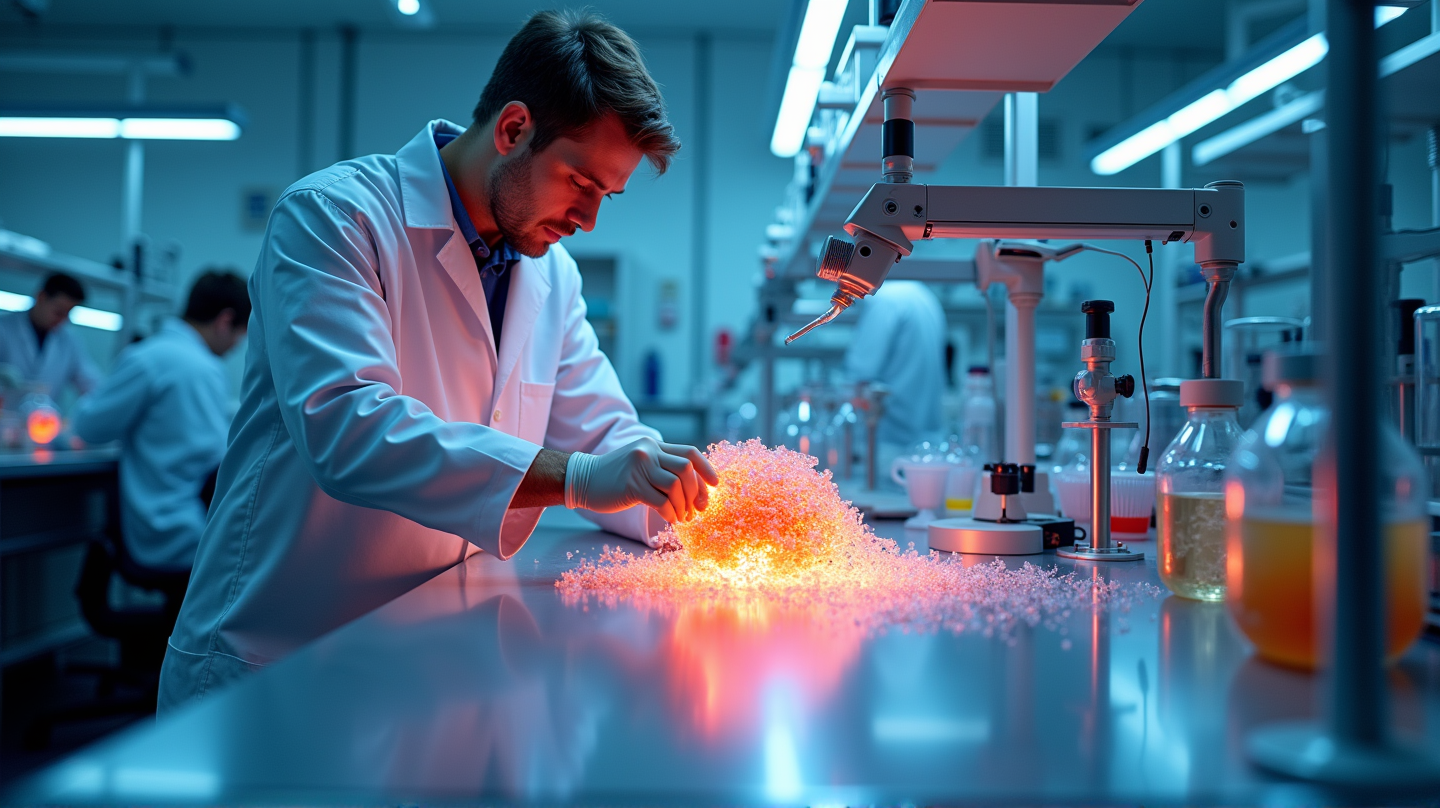In a groundbreaking advancement in food technology, Wildtype, a pioneering San Francisco-based company, has achieved a remarkable feat. Its cultivated salmon has become the first of its kind to receive the coveted nod from the FDA for sale. This marks a pivotal moment, joining the ranks of cultivated proteins approved in the US such as UPSIDE Foods and Eat Just’s GOOD Meat.
A New Era of Cultivated Seafood
Wildtype has distinguished itself as a trailblazer in the emerging field of cultivated seafood. Unlike traditional methods, cultivated seafood involves the growth of animal muscle cells in a lab setting. Co-founder Justin Kolbeck passionately explained the revolutionary process, highlighting a blend of essential vitamins, minerals, and nutrients tailored specifically for salmon cell growth. According to Technology Networks, the complexity and novelty of this endeavor were initially daunting, requiring relentless trial and error, as no prior scientific literature exists to guide fish cell culturing.
FDA’s Seal of Safety
In a decisive move, the FDA issued a memo on May 28 confirming the safety of Wildtype’s production process. The federal agency found no cause for concern regarding the health implications, assuring consumers that this innovative salmon is as safe as any seafood derived conventionally. With this important milestone, the company is now ready to embark on an exciting collaboration with the Haitian restaurant Kann in Portland, Oregon, heralding a fresh wave in dining experiences.
Promises of a Sustainable Seafood Future
The approval signifies a promising step toward addressing pressing environmental concerns, notably the depletion of global fish stocks. Dr. Christian Dammann of BLUU Seafood paints an optimistic picture of cultivated fish as a beacon of sustainability. It’s an efficient process yielding no waste, entirely transforming inputs into edible biomass.
Challenges and Future Prospects
While regulatory hurdles like FDA approval are being overcome, the journey for cultivated seafood isn’t without challenges. As Kolbeck points out, scaling this technology is a marathon, not a sprint. The sector’s potential unfurls over a horizon of 5-20 years, promising a future where humane aquaculture thrives.
Wildtype’s leap illustrates a fascinating fusion of science and culinary artistry, hinting at a future where every seafood lover can enjoy guilt-free, sustainable meals. Stay tuned as this revolution continues to develop, transforming the culinary landscape forever.
